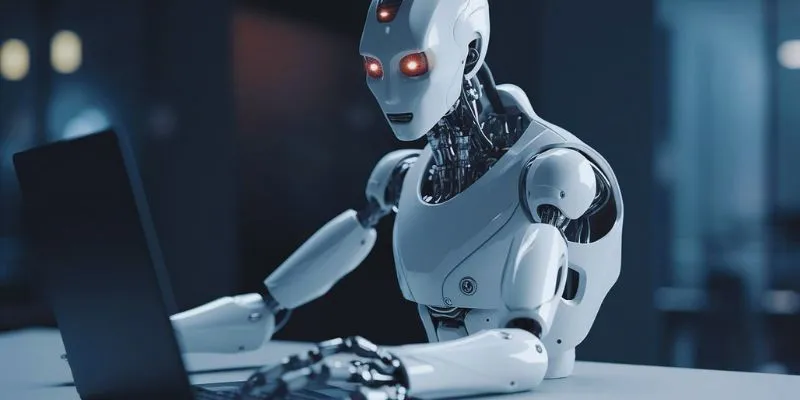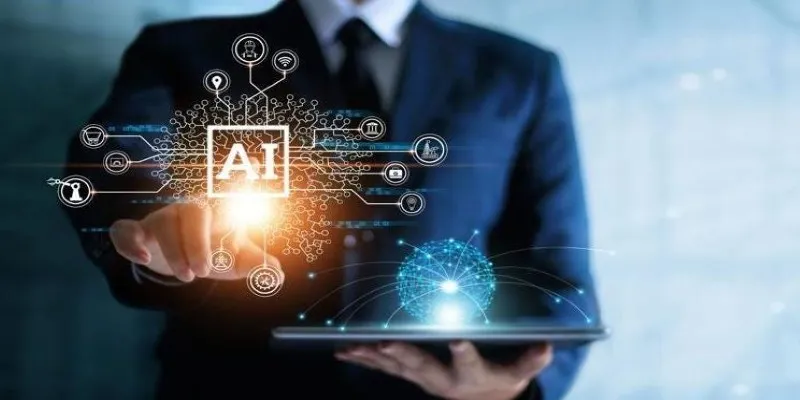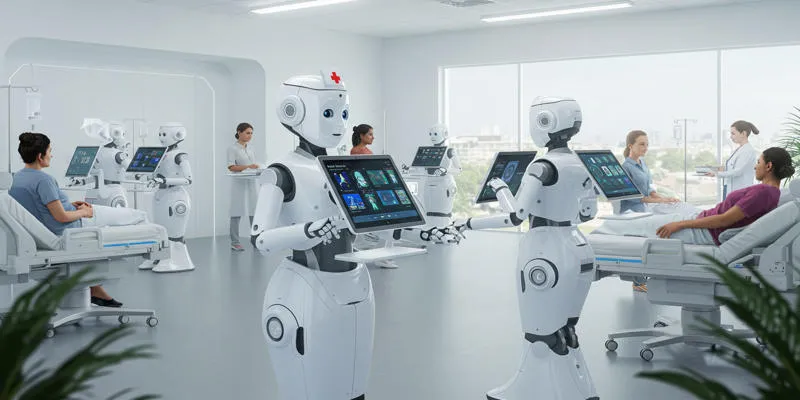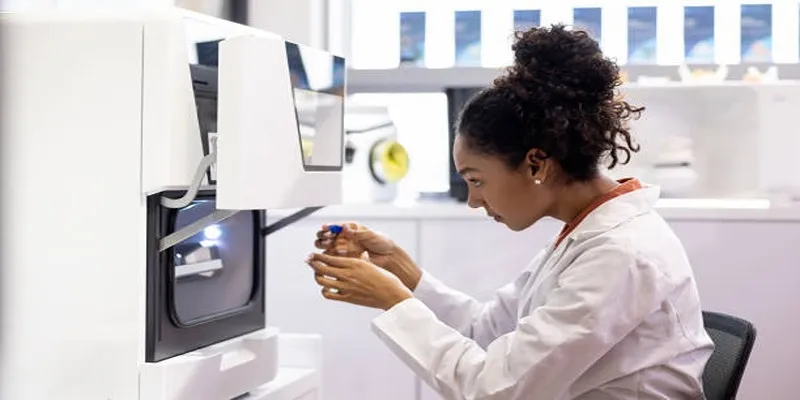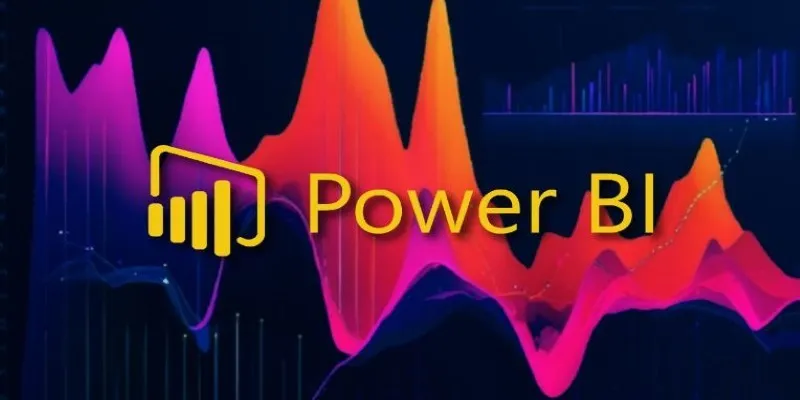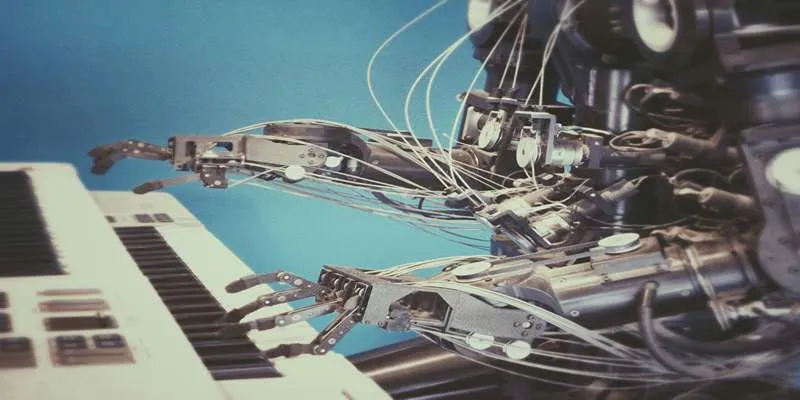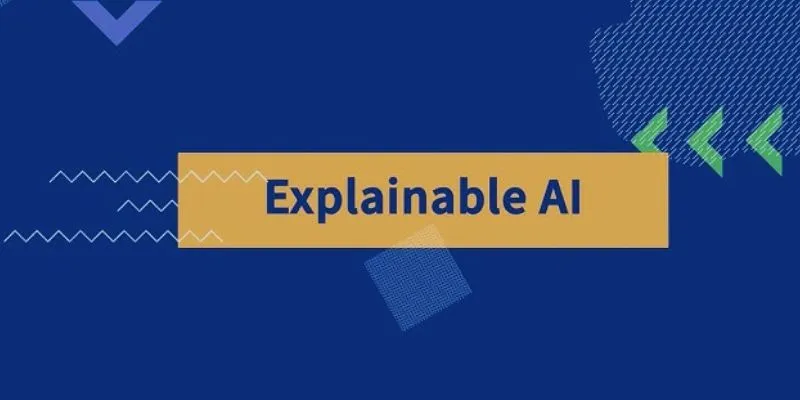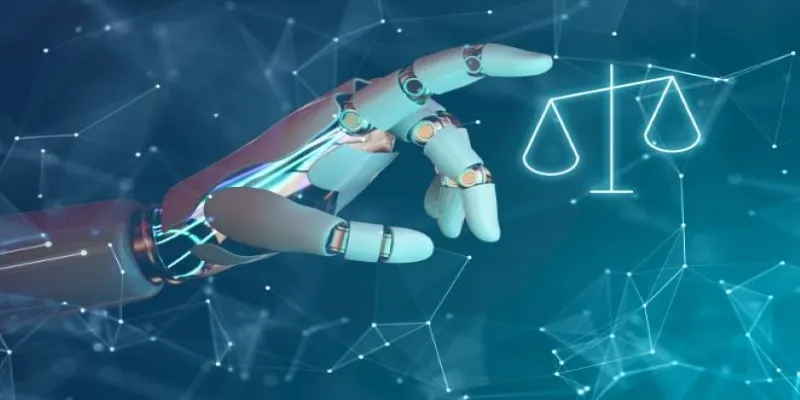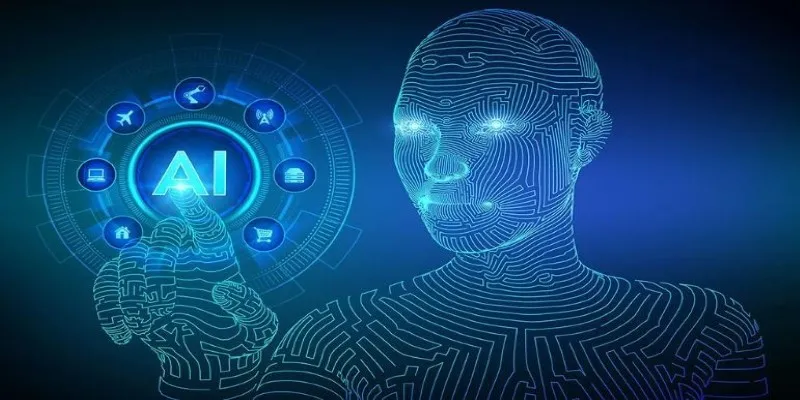Public transportation is crucial for modern cities, yet it often encounters issues like delays, overcrowding, and inefficient route planning. Artificial Intelligence (AI) is revolutionizing transportation systems by enhancing planning and routing, making journeys faster, smoother, and more reliable for commuters.
By analyzing real-time data and optimizing routes, AI is transforming public transportation. This technology allows schedules to adapt based on current customer demand and road conditions, making transportation services more reliable and efficient. Cities and transportation officials are leveraging AI to manage bus, train, and metro systems more effectively, improving the overall travel experience for passengers.
How AI Enhances Public Transport Efficiency
AI technology is reshaping public transportation by utilizing real-time data, machine learning, and predictive analytics to develop improved transit systems. Here’s how AI is enhancing public transport:
- Real-time tracking and route optimization
- Predictive scheduling to minimize wait times
- Traffic and delay analysis for smoother operations
- AI-powered demand forecasting for better resource allocation
- Enhanced safety and monitoring of public transportation
- Reduction in operational costs and energy consumption
Real-Time Tracking and Route Optimization
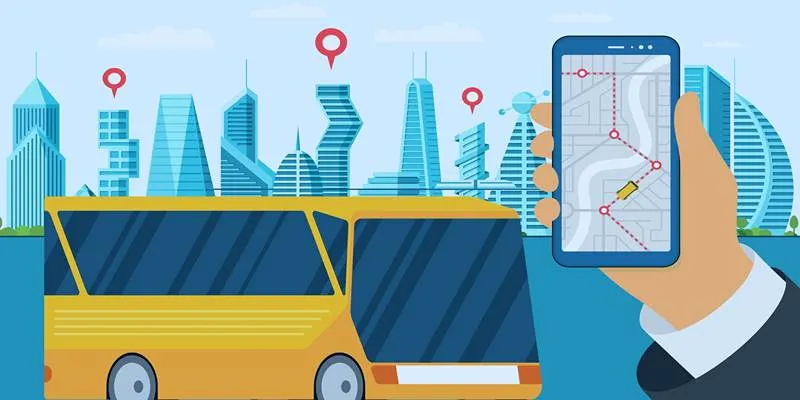
One of the primary benefits of AI in public transportation is its ability to optimize routes in real time. AI-powered systems analyze:
- GPS Data: Monitoring buses, trains, and taxis to offer alternative routes when necessary.
- Traffic Patterns: Identifying congested areas and suggesting quicker routes.
- Weather Conditions: Adjusting schedules based on real-time weather updates.
- Passenger Flow Data: Understanding routes with high footfall and making necessary adjustments.
These insights ensure smooth public transportation, reducing unnecessary wait times and enhancing passenger satisfaction. For instance, if a train line faces sudden delays, AI-powered route optimization can prompt buses to adjust their schedules to assist affected commuters.
Predictive Scheduling to Reduce Wait Times
Long waiting times at bus stops or train stations frustrate commuters. AI helps reduce these delays by:
- Analyzing past travel data to predict peak hours.
- Dynamically adjusting schedules to match commuter demand.
- Optimizing vehicle deployment to reduce idle times.
- Coordinating transport modes to minimize empty vehicle trips.
Public transportation authorities use AI-based systems to analyze passenger boarding patterns and adjust train or bus arrivals accordingly. This approach ensures fewer half-empty buses while increasing services during peak hours. AI-powered systems also modify stop frequencies based on demand, skipping underused stops during off-peak times to expedite travel.
Traffic and Congestion Analysis for Smoother Operations
Traffic congestion is a significant issue in urban areas, often causing delays in public transportation. AI assists in:
- Monitoring road conditions to avoid traffic jams.
- Adapting routes dynamically based on congestion levels.
- Coordinating with traffic signals for smoother transit flow.
- Identifying accident-prone zones and adjusting routes to minimize disruptions.
AI-powered traffic management systems analyze live traffic feeds and automatically reroute buses and taxis to bypass bottlenecks. This results in more predictable arrival times, improved commuter experiences, and reduced vehicle idle times, further decreasing fuel consumption.
AI-Powered Demand Forecasting for Better Resource Allocation
AI not only improves schedules and routes but also ensures transport services align with commuter demand. It helps in:
- Predicting passenger volume at different times and locations.
- Ensuring adequate buses or trains during peak hours.
- Reducing operational costs by avoiding unnecessary trips during off-peak times.
- Preventing overcrowding by monitoring seat occupancy in real time.
This approach leads to more efficient resource utilization and better service for passengers. Transport authorities use AI-powered analytics to dynamically adjust fleet sizes, ensuring sufficient transport availability without running empty buses or trains.
Improved Public Transport Safety and Monitoring
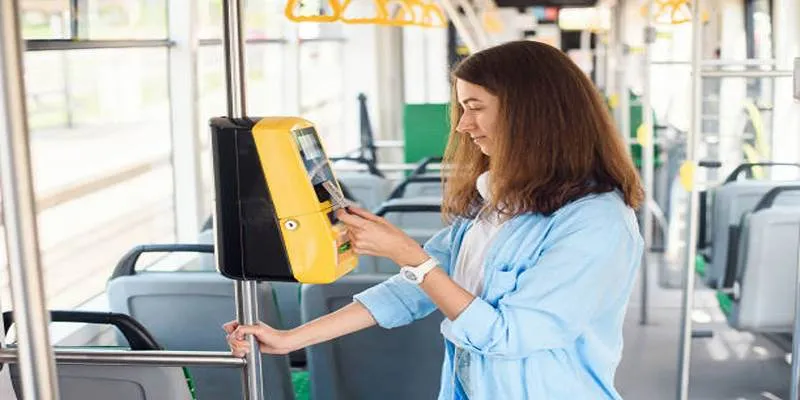
AI significantly enhances safety in public transportation by:
- Analyzing security camera feeds to detect suspicious activity.
- Utilizing facial recognition to prevent unauthorized access to restricted areas.
- Monitoring driver behavior to reduce reckless driving.
- Detecting maintenance issues before they escalate.
Many modern metro systems employ AI-based surveillance to ensure passenger safety, identifying potential security threats in real-time. AI also monitors bus and train drivers, detecting signs of fatigue or distracted driving, and alerts supervisors to prevent accidents.
Reduction in Energy Consumption and Operational Costs
AI aids transport operators in reducing energy consumption and costs by:
- Optimizing fuel consumption by analyzing driving patterns.
- Enhancing vehicle efficiency through predictive maintenance.
- Reducing unnecessary idling time at stops and terminals.
- Balancing electrical load in metro systems to prevent energy waste.
Electric buses and metro systems benefit from AI-based energy management, ensuring optimal power usage. For example, AI adjusts train acceleration and braking patterns to maximize energy efficiency, significantly cutting operational costs.
Challenges of Implementing AI in Public Transport
While AI offers numerous advantages, some challenges exist in adopting it within public transportation systems :
- High implementation costs for AI-powered infrastructure.
- Need for reliable data collection from multiple sources.
- Privacy concerns regarding passenger tracking and monitoring.
- Integration issues with existing transport systems.
- Technical training required for staff to manage AI-powered systems.
Conclusion
AI is transforming public transportation by enhancing schedules and routes, reducing delays, and improving overall efficiency. With real-time tracking, predictive scheduling, and AI-powered demand forecasting, cities can offer better public transit services while reducing congestion and pollution. AI has already significantly impacted public transport operations, providing smoother journeys, optimized routes, and improved passenger experiences. As more cities embrace AI-based solutions, public transportation will continue to evolve, making daily commutes more efficient and reliable for millions of passengers worldwide.
 zfn9
zfn9

